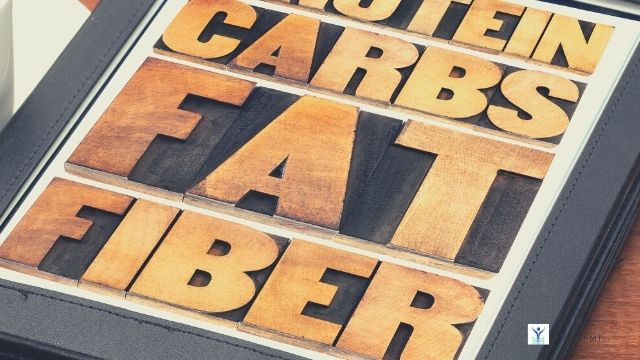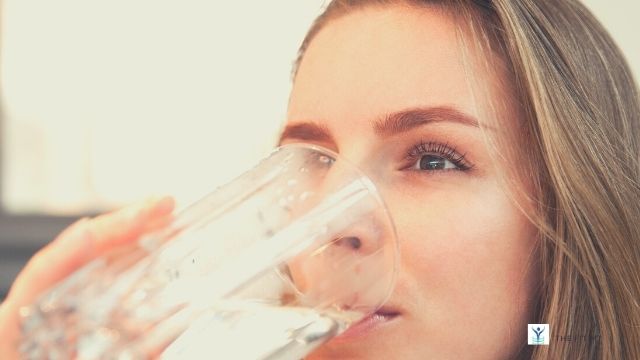EATING FOR WEIGHT LOSS AND GAIN ENERGY

We’ve all wanted to lose weight at some point but without the negative result of decreased energy levels. Is there a formula for losing weight AND avoiding sluggishness? Yes!
Let’s take a look at how the body uses energy (calories) and which foods give your body the greatest energy source.
Lose Weight Gain Energy
Calories as energy
According to the energy balance equation, equal amounts of calories in and calories out result in steady weight. To lose weight then, expend more than you eat. This is a simplified statement but after watering down all the science it holds true.
Carbs are a food source to gain energy. Your body gains (food) energy when you intake more energy (food) through your diet than you expend through physical activity. That’s why the main point of most diets is to limit your energy intake by counting carbs or calories.
Diets in years past were about counting calories or limiting carbohydrates. Now with the popularity of the Keto Diet, eating more dietary fat is encouraged. Should you limit carbs or calories? Both possibly, but you’ll understand why after reading the next section.
Foods give different amounts of energy

Carbohydrate is a class of nutrient, along with proteins, fats, vitamins, minerals, and water. Carbohydrates, proteins, and fats are all called “energy-yielding nutrients” because the body can break them all down to release calories.
Of the energy-yielding nutrients, proteins and carbohydrates both release 4 calories per gram, while fat releases 9 calories per gram.
You might be wondering if fat contains more than twice the calories per gram, why do all of these diets have us watching carbs? And that’s a good question.
The first reason is that the average person has many more carbohydrates in their diet than they realize. It’s certainly easier to eat more carbs than fats when we think of common foods. We tend to think of carbohydrates as coming from grains, like pasta and bread. These are sources of carbohydrates, but carbohydrates also come from sugars. Grains are a source of complex carbs, which your body breaks down over time. Sugars are a source of simple carbs that your body doesn’t have to break down.
Sugars are naturally occurring in sources like fruits, but they’re also added to just about everything. Sodas and junk food are the obvious sources of simple carbs we know to stay away from but it’s the hidden sugars that trip up even the most watchful dieters.
If you put a store-bought sauce on your pasta, you’re putting carbs on carbs. If you put jam or jelly on your bread, you’re putting carbs on carbs. Added sugar is in the pasta sauce, in the jam (as if the natural fruit sugar isn’t enough), and even in your milk. Beware of the added sugar!
When you eat whole grains, you’re not just getting carbs. You’re getting fiber, vitamins, and minerals. All of these nutrients can also be found in other foods that don’t have as many calories, like vegetables.
Fat, on the other hand, is far scarcer in our diet and its benefits cannot be found elsewhere. We usually don’t think of fat as being good for us, but it’s in every cell of our bodies and is very important to the nervous system. While some fats are better than others and you should be careful about how much you get of each kind, carbs are simply more expendable in our diets.
Foods that give the body the most energy are the ones that last the longest. Chose complex carbohydrates whenever you can substitute them for simple carbs. Examples are, whole grain bread or crackers over the white flour varieties, brown rice over white rice and, include barley or quinoa for a change.
Eating for energy and weight loss
Now that we have a basic understanding of how carbs, proteins, and fats provide our body energy through calories, we can look at what to eat to promote weight loss but keep energy levels high.
Here’s a simple formula to follow if you’re new to eating this way. The carbohydrates you eat on any given day should be 45-65% of your daily food intake.
The protein you eat on any given day should be between 10-35% of your food for that day.
The fat you in a day should be between 20-35%.
When your food intake is balanced, meaning some carbs, protein, and fat in a meal, your body receives all it needs to maintain high energy levels. This type of eating avoids spikes and dips in blood sugar levels which can happen when too many carbs, especially simple carbs are consumed without the other food sources to balance them out.
Eating fiber which can be found in complex carbs and vegetables, will help keep you full longer. We’ve all felt hungry soon after eating and that’s because the right foods weren’t eaten. Fats help keep you full longer as well. Don’t be afraid to eat healthy fats. Some common favorites are nuts, avocado, salmon, or adding olive oil to your cooking or salad dressings.
Here’s a simple and healthy homemade salad dressing recipe. Combine olive oil, balsamic vinegar, and fresh garlic. Use olive oil as the largest component, add a splash of balsamic vinegar (it does contain sugar) and as much chopped garlic as you like. Garlic has anti-inflammatory properties and adds so much flavor. Make a single serving for yourself or a larger batch and refrigerate for later. Weight loss is often derailed by salad dressings so this is one easy option when you’re eating for weight loss and energy.
Water

Eating all the right foods is important but so is drinking enough water. When our body is fully hydrated, every functioning system works better. The body uses water in all cells, organs, and tissues. Your digestion will improve and gut health is key to weight loss and maintaining high energy levels.
Aim to drink at least 90 ounces of fluid daily. The majority of this should be water. Limit caffeine intake and be aware of the calories in your drinks. One of the easiest ways to lose weight is to avoid calorie intake through drinks. You might be surprised at how many calories (carbs) are in your favorite drinks.
Now that we’ve looked at the number of calories in each of the food categories, carbohydrate, protein, and fat, it should be easier to gauge how much of each to eat. Focus on eating a portion of each in every meal and watch your energy sore. Challenge yourself to drink mainly water with some coffee or tea mixed in. Unsweetened if you can bear it, or maybe work up to that goal.
Until next time,
Be fit, be healthy and lose weight while gaining energy

Want to know the latest happenings around The Fit Massage Therapist?
Come hang with us, where we are happy and massaging pain-free.
Don't worry, your information will not be shared.




